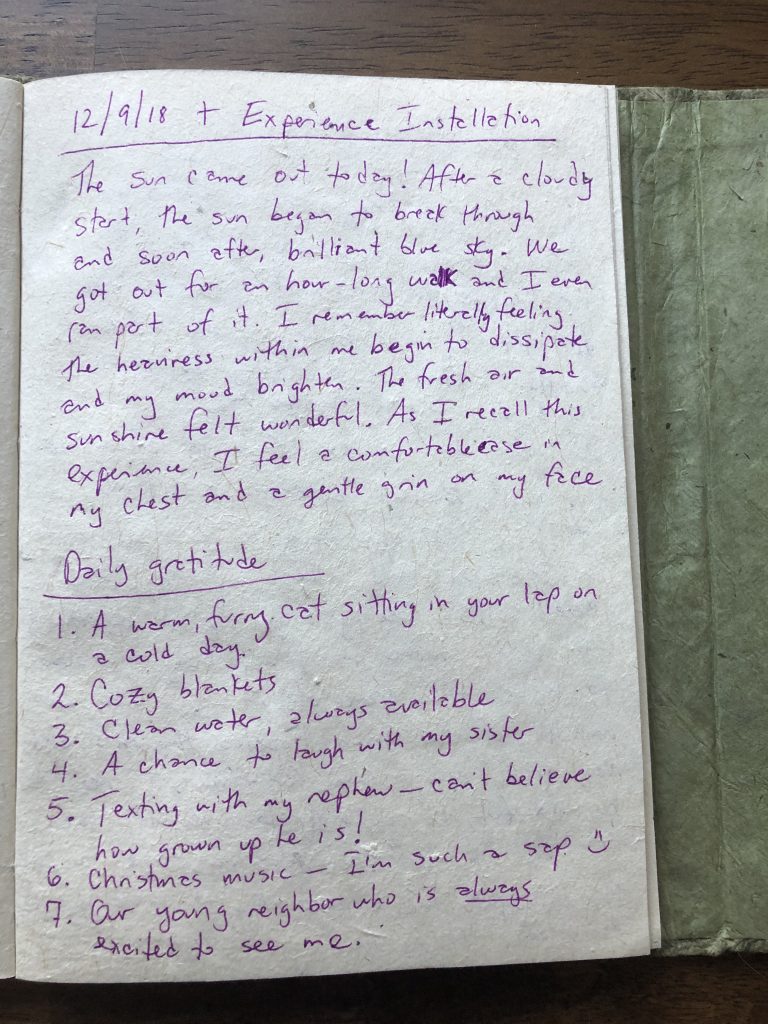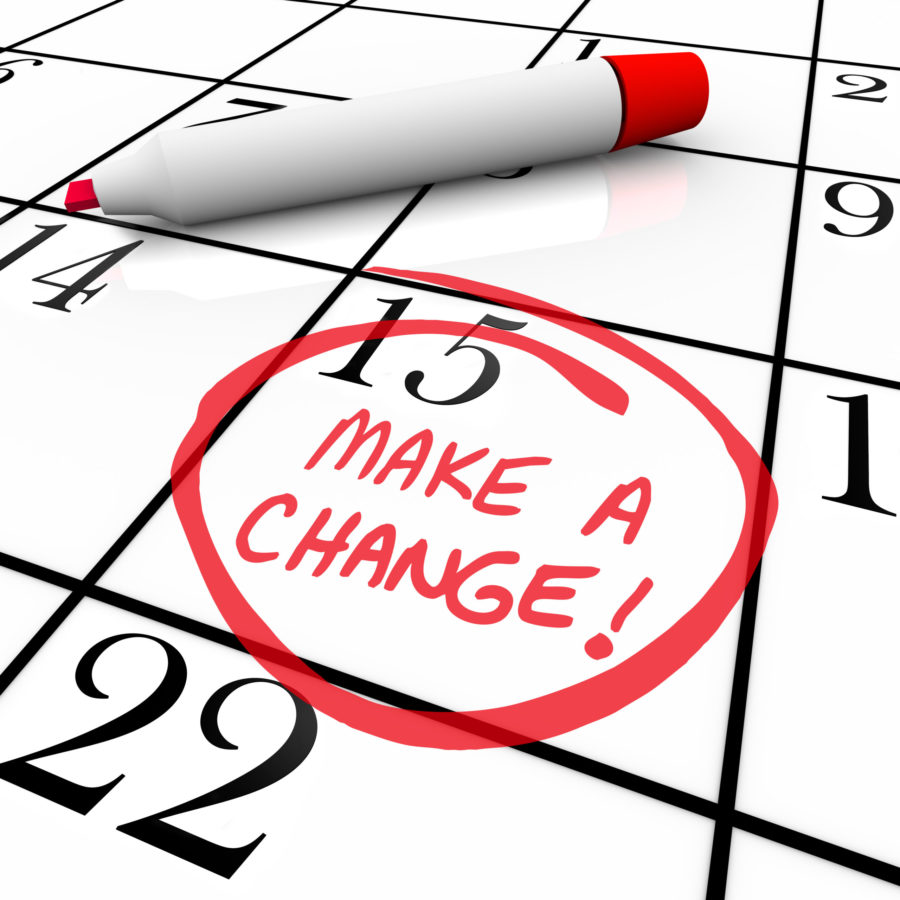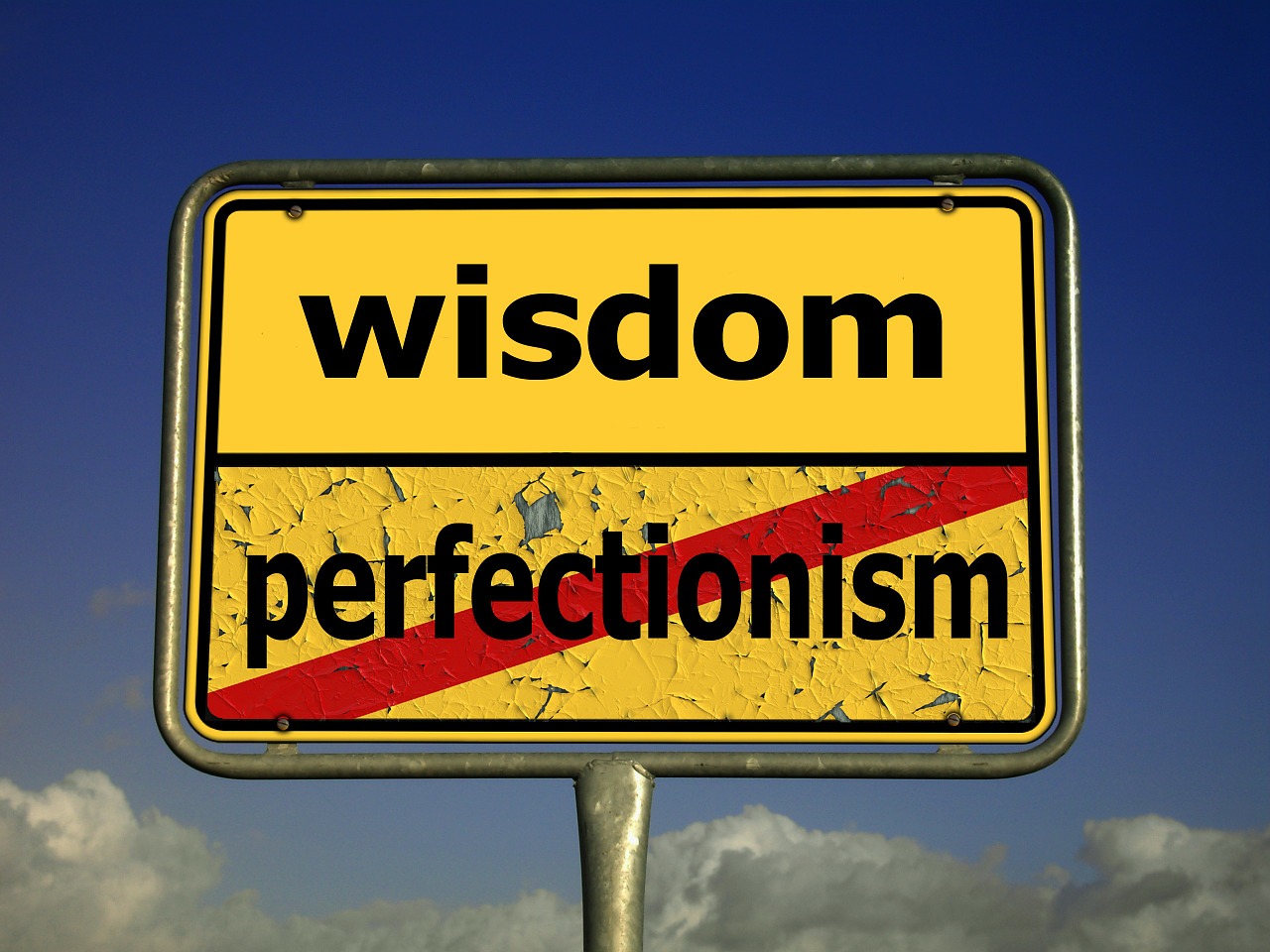A Practical Way Train Your Brain to Emphasize the Good
Dear Readers,

Happy New Year! Let’s commit together to starting 2019 in a healthy way. I’d like to invite you to join me in writing a positivity journal for six weeks, from early January through Valentine’s Day. It takes just 5-10 minutes a day and offers the possibility of improving your mood by training your brain to focus on the positives in your life. Are you curious to see what changes could happen for you?
Here are the instructions. At the end of every day or the beginning of the following day:
- Positive Experience Installation: Take a few minutes to write in some detail about one positive thing that you experienced during the day. This is no-pressure writing, to be seen by your eyes only unless you choose to share, so you don’t need to write in complete sentences or worry about correct punctuation. Be sure to include specific details about the enjoyable experience, as well as how you felt at the time. You could also consider including a description of how you feel currently as you recall the positive experience you had earlier. Some days will be easier than others. Make sure to do this even when you’ve had a very bad day, gently challenging yourself to find one positive thing, no matter how small, to write about.
- Daily Gratitude: Take a few more minutes to make a short list of at least four things for which you feel grateful. These could be things you have encountered that day but they don’t have to be. Feel free to challenge yourself a bit to take notice of things you may often take for granted.
I’ve included a pic of an entry from my own positivity journal as an example. You are welcome to use a similar format, or you can create your own. Be creative and have fun with this exercise!

What are the potential benefits of writing a positivity journal? I’m glad you asked! Keeping a journal like this can help train our brain to remember positive experiences and install them internally as resources. It may even encourage our brains to look actively for additional positive experiences that we can install as resources. I can almost hear your next question: “Dr. Jen, what on earth does it mean to install a positive experience as a resource?” Another great question! I’m going to give you a lengthy answer rooted in neuroscience so please stick with me for a few moments. Dr. Rick Hanson, a whip-smart neuropsychologist, author, and mindfulness guru, is known for describing our brains’ negativity bias and how to overcome it. From an evolutionary survival perspective, it makes more sense for us to remember potential dangers than it does for us to remember the treats in life. Hanson offers a catchy way to think about this: our brains are like Velcro for negative experiences and like Teflon for positive experiences. (Please click here to check out Dr. Rick Hanson’s work on his website—lots of great stuff!)

It’s way too easy for negative experiences to stick with us but it takes a bit more effort to get positive experiences to stick around as resources to help us move forward. Enter our positivity journal! In neuroscience, there is a common axiom, “Neurons that fire together wire together.” One goal of the positivity journal is to get more of our neurons firing together around enjoyable things in our life. When we put more energy into these things, it can expand our perspective in very beneficial ways.

If we set an intention to focus our minds on the many blessings in our lives, we are helping to wire our brains to remember those blessings, even when we face adversity. Our goal is not to minimize or forget tough experiences—our survival instincts won’t let us do that very easily anyway—but rather to give ourselves the gift of healthy, balanced perspective. Writing a positivity journal gives a really nice dose of perspective by encouraging us to cherish good experiences and express gratitude for the gifts and blessings in our day-to-day lives. Another perk of expressing gratitude? It’s research supported! Social science research tells us that a regular gratitude practice can improve relationships and psychological wellbeing. There’s even suggestive evidence that it can also enhance our physical health.
I am very excited to do the positivity journal exercise with you. Please feel free to drop me a line and let me know how it’s going. And by all means, please feel free to continue doing your positivity journal past Valentine’s Day! Remember, the more consistently you do this, the more robust the effects will be. Let’s get those positivity neurons firing as much as possible!
May 2019 be filled with love, peace, joy, wellbeing, and prosperity for you and all your loved ones.
With gratitude,
Dr. Jen
P.S. In case you missed it, I wrote another blog post last year about gratitude. You can check it out here.




